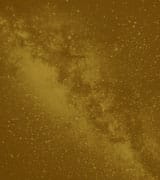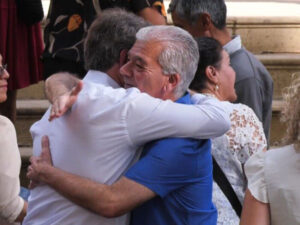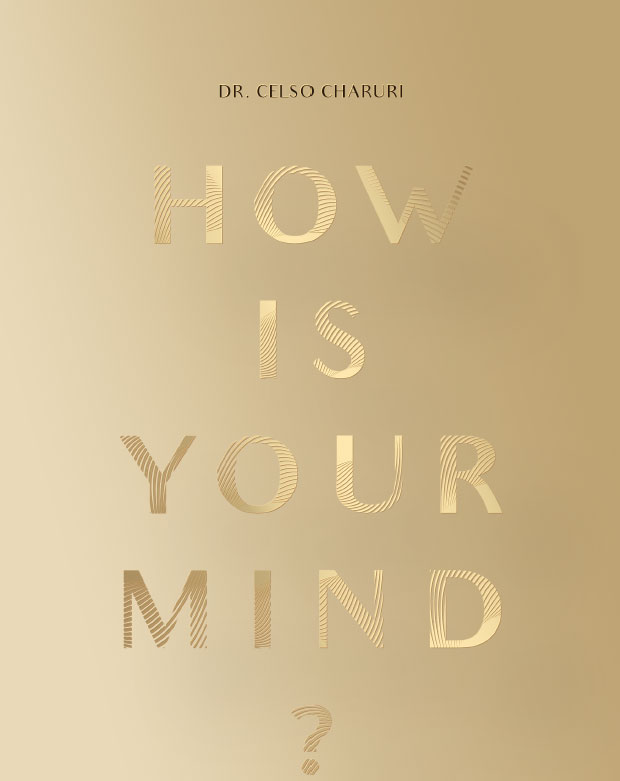The invisible light
The invisible light


Light has always been an element of special interest for man, and the understanding we have today of its essence has taken a long time to take root. In the battle for learning the mysterious aspects of light’s nature, many interesting experiments and fascinating results have been achieved.
For centuries, the notion of light remained connected to what was possible to deduce with our own eyes. The existence of lights not perceptible through eyesight was an extraordinary and unimaginable feat.
The Greeks studied and contemplated optical phenomena and theorized on explanations for the colors, vision, and astronomical events. The poet Homer, the astronomer Ptolemy and the philosophers Pythagoras and Plato stand out among the prominent Greek scholars of optics.
Abu Ali al-Hasan Ibn al-Haytham (965-1040),
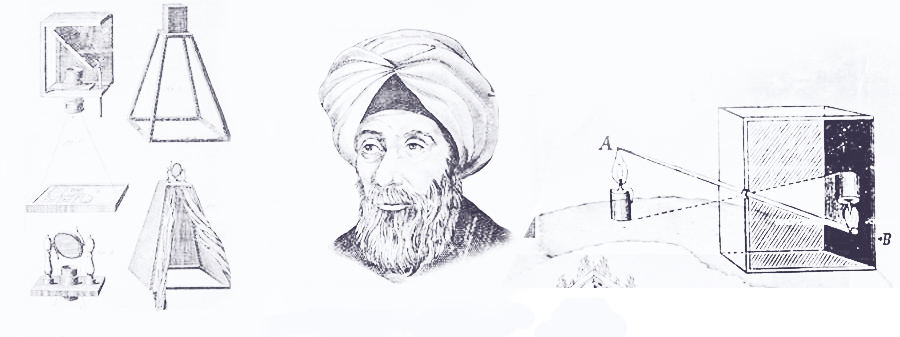
In the Muslim world, Al-Kindi (801-873) was one of the first writers on optics and, in a work known as De radiis stellarum, he proposed a theory stating that “everything in the world emits rays in every direction, which reach everything.”
The Arab Alhazen, Abu Ali al-Hasan Ibn al-Haytham (965-1040), conducted studies with lenses in Basra, Iraq, and is frequently seen as the “father of modern optics.” Ibn al-Haytham defined the physical nature of luminous rays, developed the darkroom, and several theories about vision.
In the following years, the search for explanations about optical phenomena in nature would remain linked to the science of what we could perceive through our eyes.
In 1665, Isaac Newton, when focusing a beam of sunlight onto a prism, noticed that it was not light coming out of the prism but a rainbow with all its colors. Although this phenomenon was already known, it was believed that the prism gave color to the light; after all, a white beam of sunlight entered the prism and several colors came out.
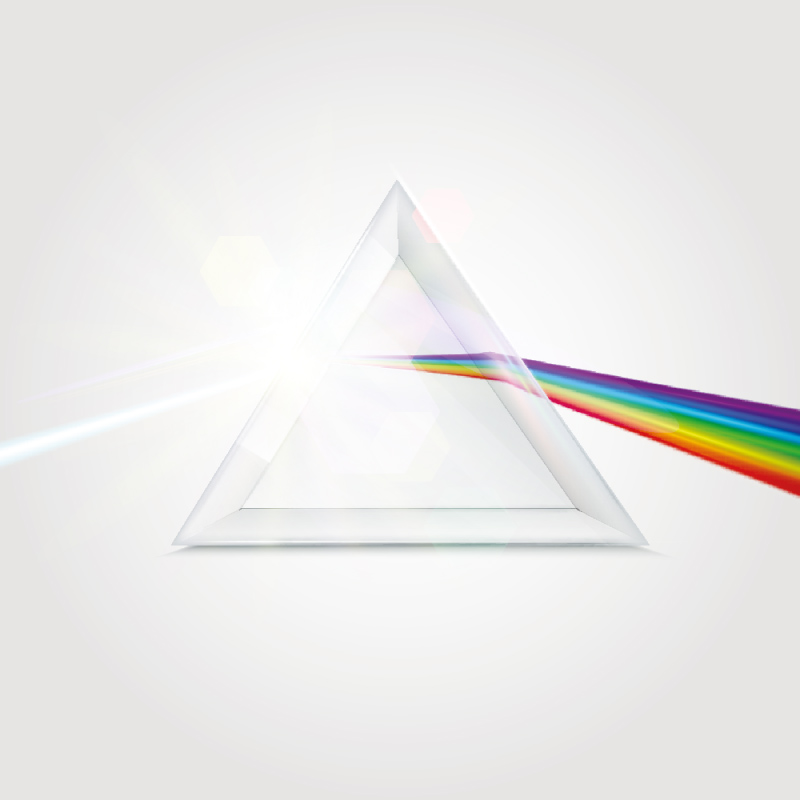
Challenging such explanations, Newton arranged two prisms in sequence, so that the second received only one color from the first – red. The result was that the color that came from the second prism remained red. Therefore, the prism is an optical component able to decompose the incident light into all its constituent colors.
Newton concluded that white light must be composed of the combination of a wide range of independent colors. He argued that the corpuscles of light associated with the various colors generated vibrations, and the sensation of red must correspond to the longest vibration and violet, to the shortest. The colors we could see were due, therefore, to the different vibrational frequencies of light.
The mysteries seemed to have been unraveled, and it was possible to scientifically explain everything that could be seen. And all that the human machine could see and explain should, ultimately, be all that should exist.
The point was that man’s ingenuity, supported by science, would prove that the truth turned out to be much more beautiful and mysterious than previous relative theories.
In 1800, Frederick William Herschel (1738 – 1822), a German-born British composer and astronomer who also discovered the planet Uranus, conducted a famous experiment to measure the temperature of different colors of the spectrum. The scientist used a glass prism to separate the sunlight’s constituent colors and placed a thermometer under each of them.
To his surprise, Herschel found that the thermometers illuminated by the colors closest to red showed a higher temperature! Enthusiastic about the result, he decided to go further and placed a thermometer beyond the red color, where there was no color.

To his amazement and fascination, the thermometer that showed the highest temperature was precisely the one next to the red, where there was no color!
For the first time, invisible light was glimpsed, and it was called infrared. The word infra indicated that this invisible light’s vibrational frequency is lower than that of visible light. Herschel’s experiment proved the existence of types of light that can’t be seen by our eyes.
Man, whose conscience of the universe was based on what he could see, realized, then, that he lived in an ocean of illusion.
Therefore, infrared is associated with heat, and anybody that is above the temperature of absolute zero (-273.15°C) emits infrared; emits energy, emits light.
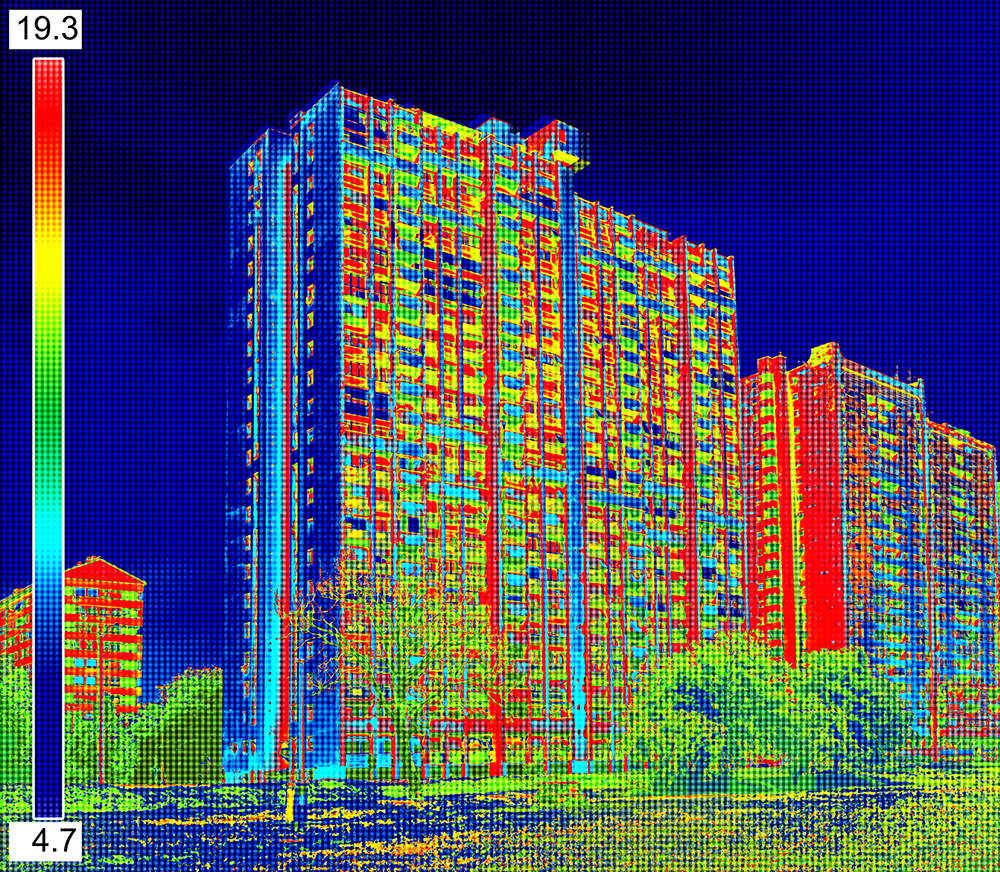
The rocks in our world, living beings, plants, our planet Earth, all emit light, infrared light; invisible light. We all radiate; everything shines!
After learning about Herschel’s discovery, German physicist, chemist, and philosopher Johann Wilhelm Ritter (1776-1810), in 1801, conducted experiments to verify the possibility of also detecting invisible light beyond the violet portion of the spectrum.
Ritter, knowing that silver chloride darkened when exposed to light, decided to check this chemical compound’s behavior when bathed in each different color.
The researcher noticed little reaction in the red region of the spectrum, but the silver chloride became darker and darker the closer to the color violet.
Encouraged by the result, he placed silver chloride in a region beyond violet where there was no visible light. To his surprise, this region showed the most intense reaction!
Ritter demonstrated the existence of invisible light beyond violet and the visible spectrum. Ritter called this new type of light Chemical Rays, which, later, was named ultraviolet.
Light proved to be eternal, without beginning and without end. In a frightening way, science proved to man that trusting his senses to see reality is an illusion, because we distinguish only a very small part of the Truth.
Today, by looking at and contemplating the sky, the stars, the nature on our planet, we know that this immensity is even more splendid than our eyes allow us to see.

The reason for our inability to see the full spectrum of light teaches us the limitation of our five senses in deciphering the reality around us, but at the same time, it invites us to seek a greater sense, closer to the Absolute.
By proving the existence of an infinity of lights that permeate and emanate from everything and everyone, these discoveries can encourage the search for the improvement of our own ability to see and radiate light.
Thus, the greater the energetic potential to heat and shine the internal flame itself, the greater will be the probability of reaching other beings and even attracting them to the surroundings.
By being together, in Union, will be, therefore, an example that it is possible for all: to radiate more and more light, manifesting the example of the Great Light.

